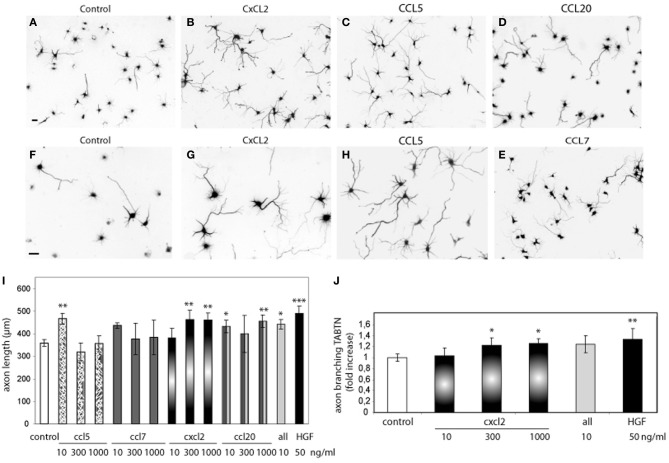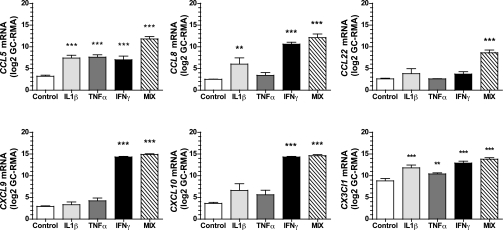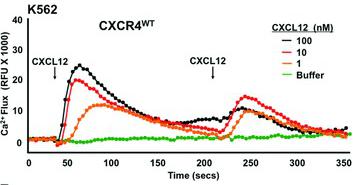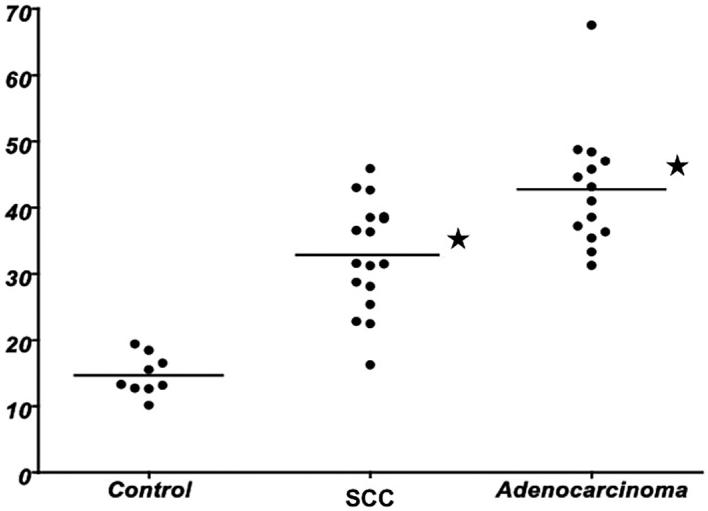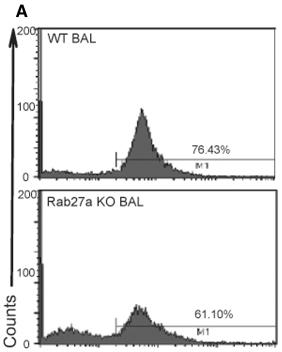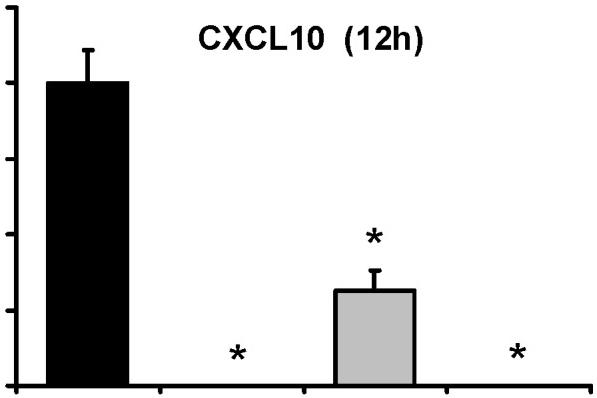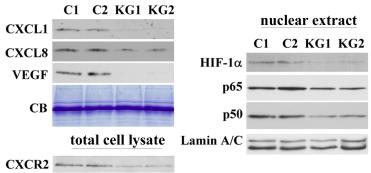Description
Accession
Q6W5C0
Source
Optimized DNA sequence encoding mouse GRO-gamma mature chain was expressed in Escherichia Coli
Molecular weight
Native mouse GRO-gamma is generated by the proteolytic removal of the signal peptide and propeptide. The molecule has a calculated molecular mass of approximately 8 kDa. Recombinant GRO-gamma is a disulfide-linked homodimeric protein consisting of 70 amino acid residue subunits, and migrates as an approximately 8 kDa protein under non-reducing and reducing conditions in SDS-PAGE.
Purity
>95%, as determined by SDS-PAGE and HPLC
Biological Activity
Determined by its ability to chemoattract 293 transfected CXCR2 cells using a concentration range of 10-100 ng/ml.
Protein Sequence
Endotoxin
Endotoxin content was assayed using a LAL gel clot method. Endotoxin level was found to be less than 0.1 ng/µg(1EU/µg).
Presentation
Recombinant mouse GRO-gamma/CXCL3 was lyophilized from a 0.2μm filtered concentrated (1mg/ml) solution in 40mM NaCl, 10mM PB, pH 7.0.
Reconstitution
A quick spin of the vial followed by reconstitution in distilled water to a concentration not less than 0.1 mg/mL. This solution can then be diluted into other buffers
Storage
The lyophilized protein is stable for at least 2 years from date of receipt at -20° C. Upon reconstitution, this cytokine can be stored in working aliquots at 2° - 8° C for one month, or at -20° C for six months, with a carrier protein without detectable loss of activity. Avoid repeated freeze/thaw cycles.
Usage
This cytokine product is for research purposes only.It may not be used for therapeutics or diagnostic purposes.
Biological Process
Biological Process
Molecular function



